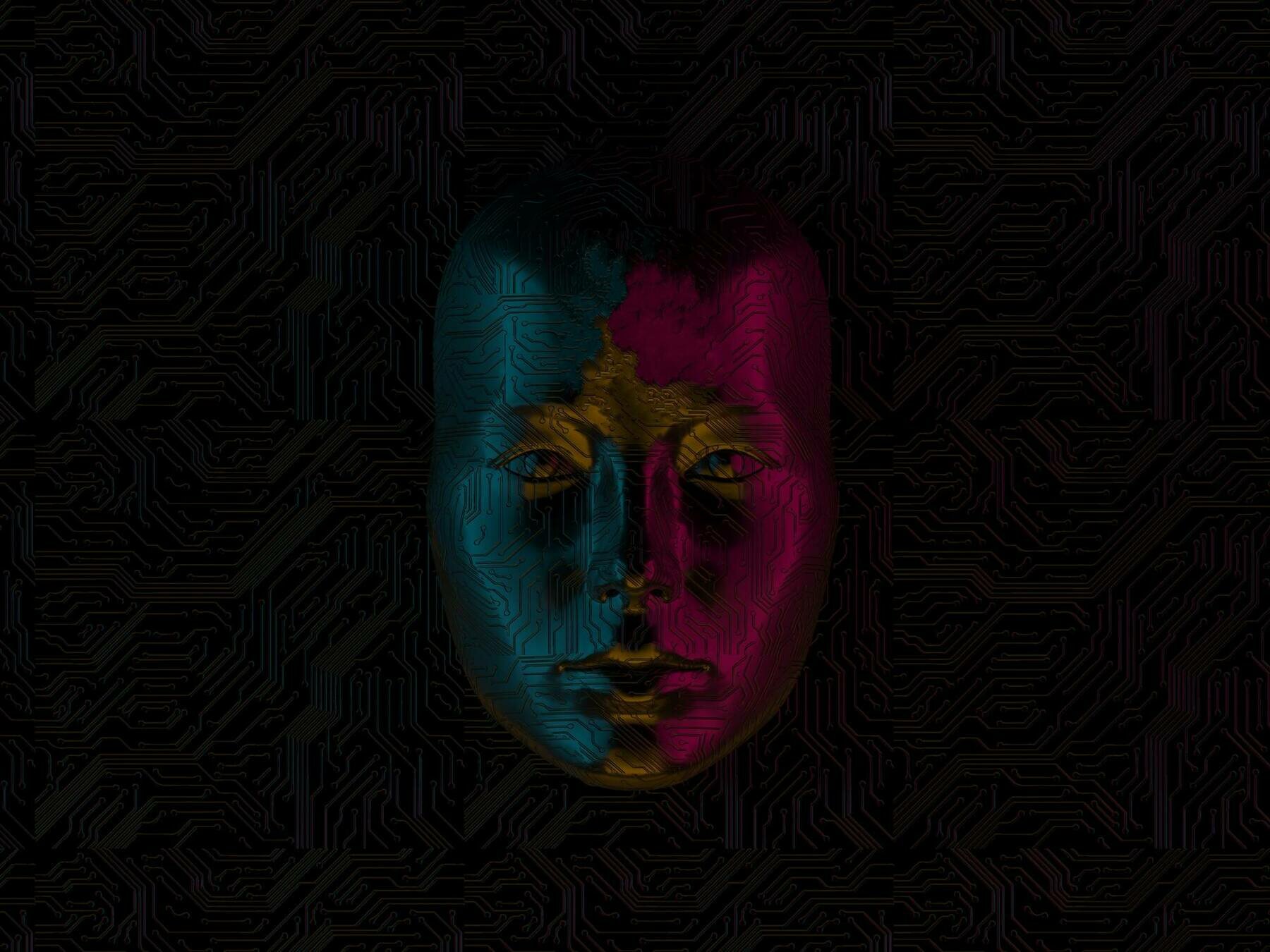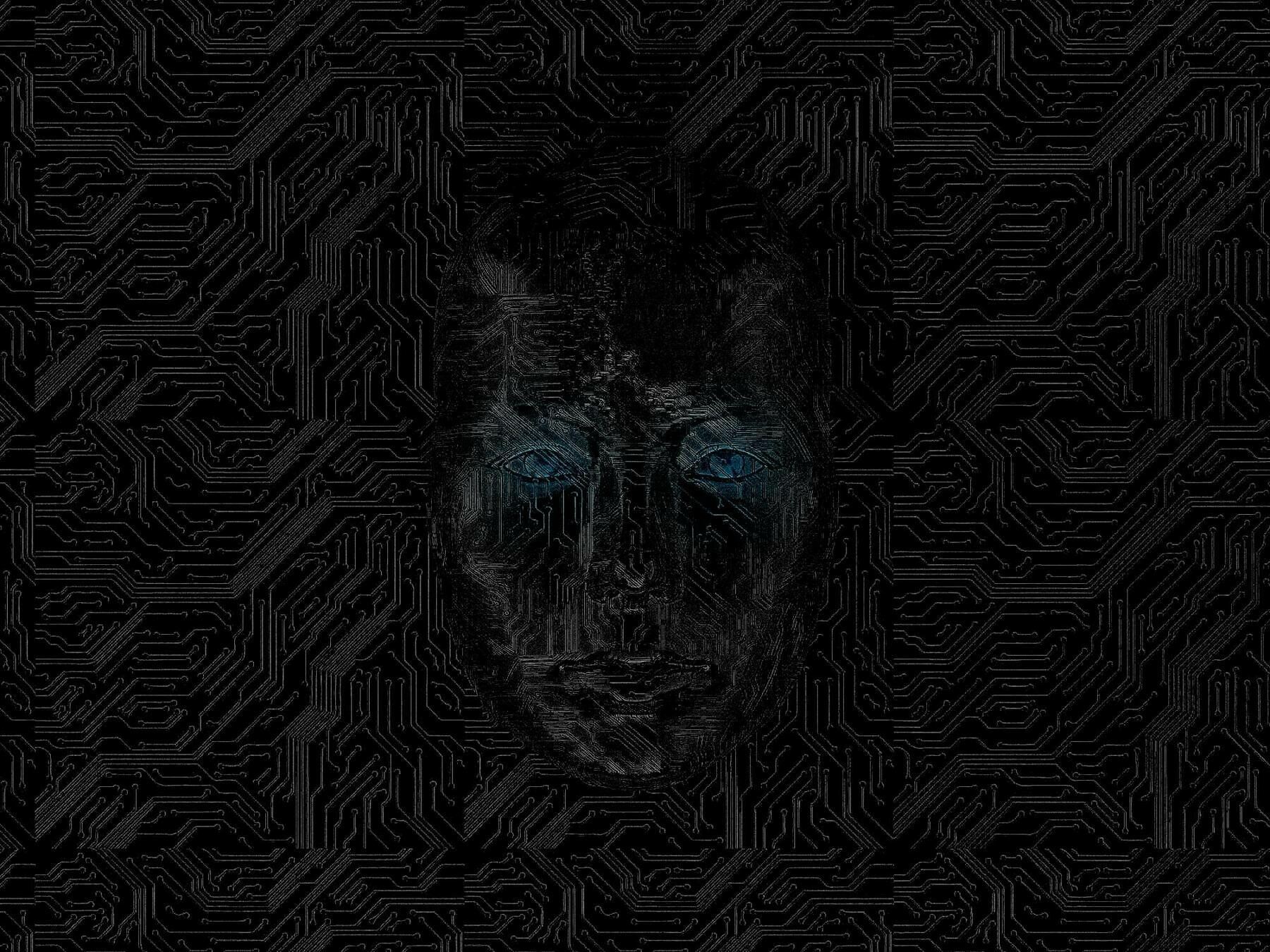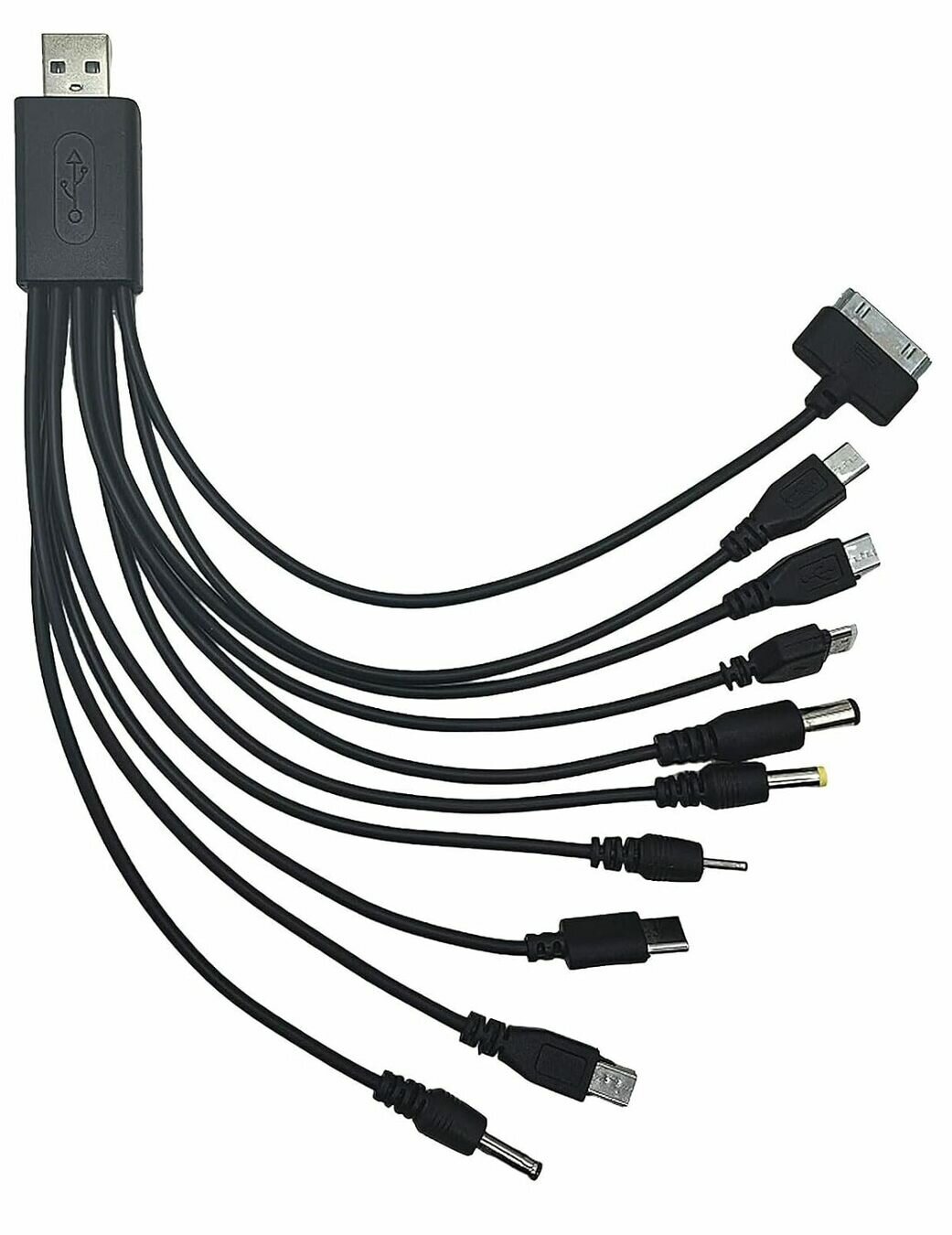AI-Powered E2E Testing
A Look into the Future


Who I Am & What I Do
DEMO
Building a Contextual World for AI
A Practical Implementation for E2E Testing

LLMs have rapidly improved in reasoning and response accuracy
However, they rely on frozen training data.
# Unlocking AI: How LLMs Access External Context with MCP
How can an LLM interact with external tools and data sources like GitHub, Slack, databases, and Chrome?
How can an LLM retrieve context on demand?
MCP
Model Context Protocol

# What is the Model Context Protocol
MCP is an open protocol that standardizes how applications provide context to LLMs.

Just as USB-C provides a standardized way to connect your devices to various peripherals and accessories, MCP provides a standardized way to connect AI models to different data sources and tools.


From ad hoc and fragmented solutions
To Scalable, Standardized Approaches for Connecting to the Contextual World
# Challenge MCP Tackles: Standardization and Scalability




# Key Components of the MCP Architecture
MCP Server
MCP Client
Host


Protocol Layer
The container and orchestrator for MCP clients, managing their lifecycle, aggregating context, and enforcing security policies.
Created and managed by a host. Maintain a bidirectional 1:1 communication with the MCP server. Inform the host about the available tools and capabilities of their associated MCP server.
Lightweight local or remote programs exposing tools that MCP clients can invoke, enabling LLMs to seamlessly interact with external systems.
The transport layer manages the communication between MCP clients and servers. The Protocol defines also authorization flow enabling MCP clients to make requests to remote MCP servers on behalf of resource owners.

# SDKs

# Hype about MCP








# What's upcoming for MCP
OpenAI announced that it is adopting the Model Context Protocol across all its products, with the Agents SDK already shipping with this feature and other products set to follow soon.
-
Simplified AI Development
-
More Powerful AI Agents
-
Enhanced Real-Time Capabilities
-
Push Toward a Standardized AI Ecosystem
Without context, a piece of information is just a dot. It floats in your brain with a lot of other dots and doesn't mean a damn thing. Knowledge is information-in-context -- connecting the dots. Making your own map.
